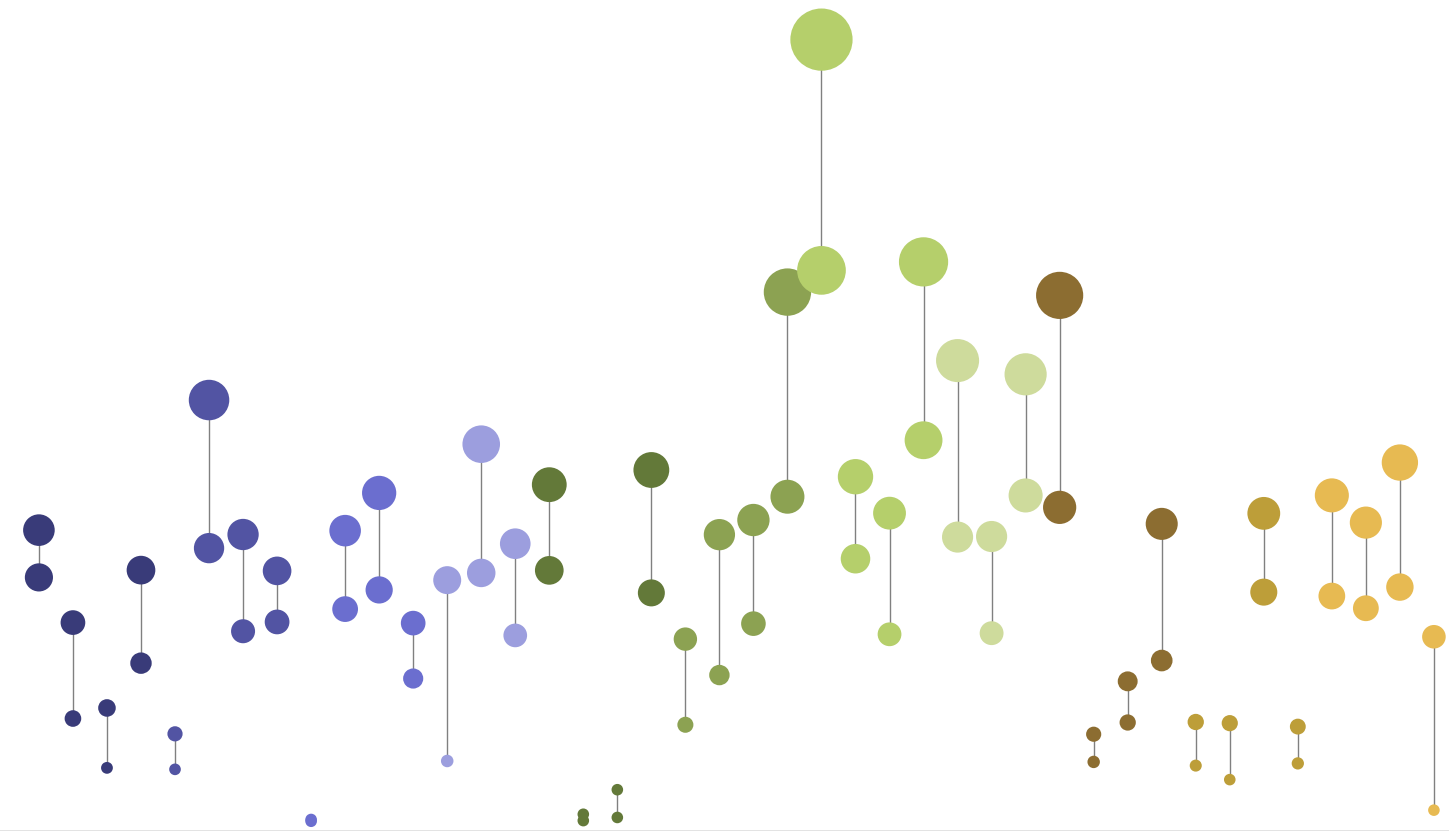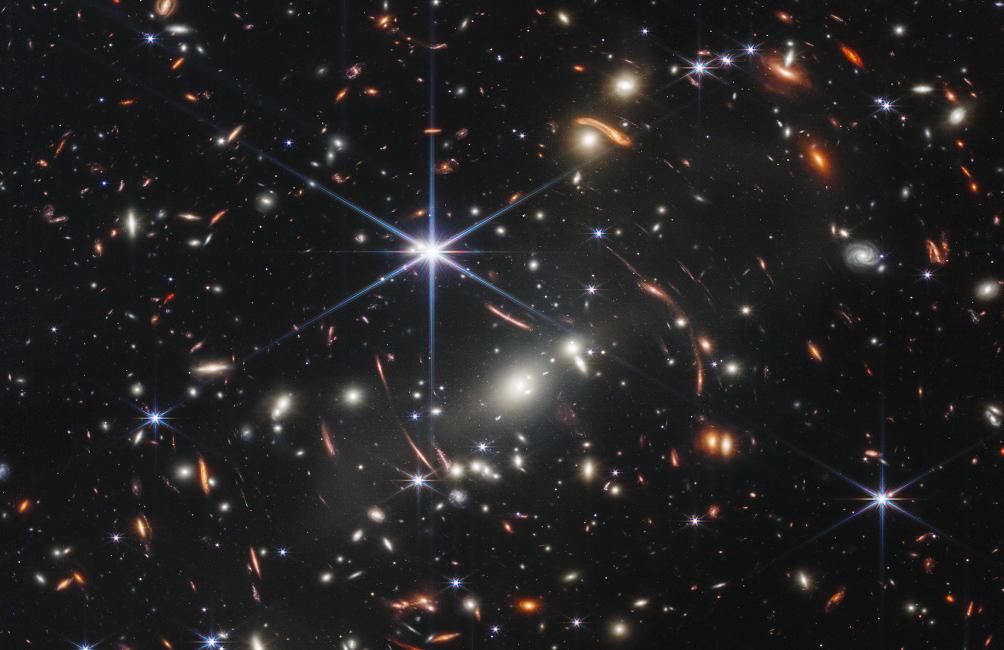I'm a Schmidt AI in Science Fellow in the University of Chicago's Kavli Institute for Cosmological Physics. I'm an expert in the analysis and astrophysics of gravitational waves, with an emphasis on observationally understanding the demographics of merging black holes and neutron stars.
Scroll down to find out more about me and my work!



